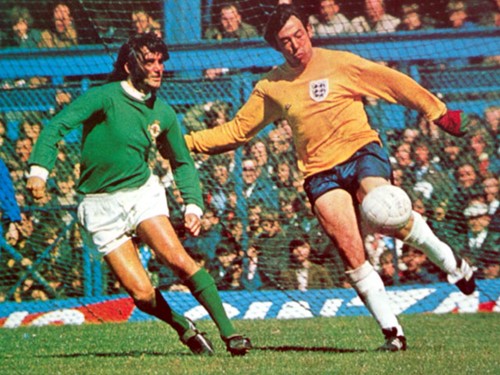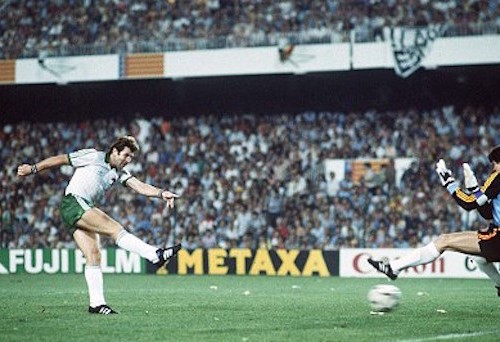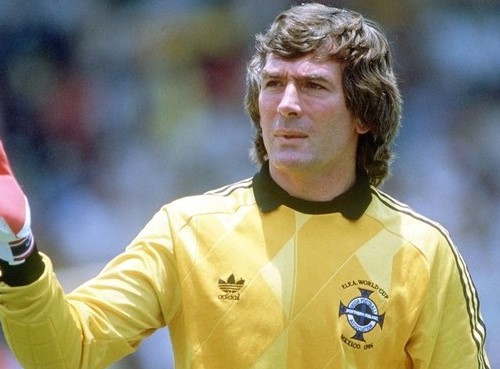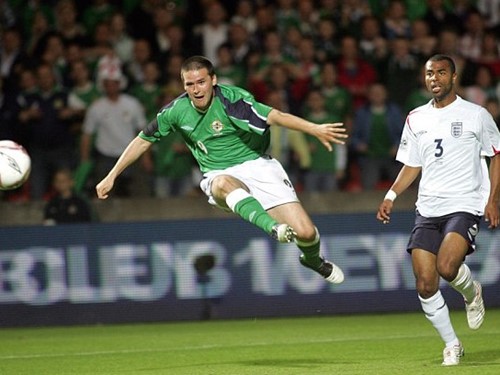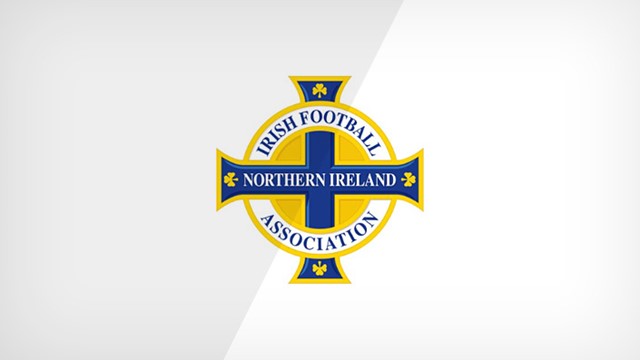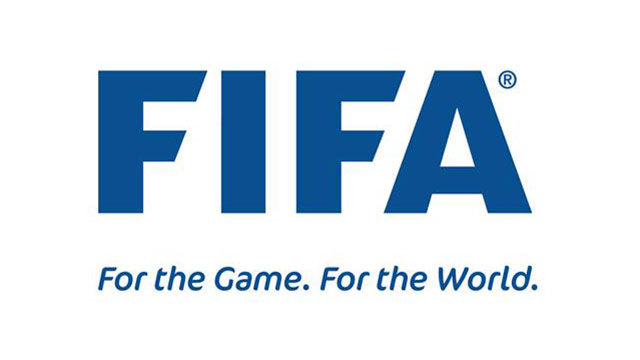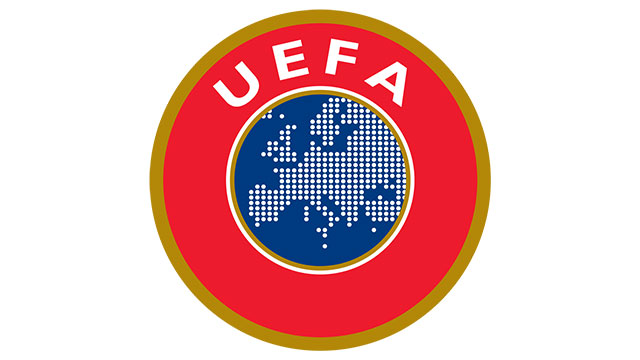
Make no mistake about it, the Irish Football Association is one of the true giants of world football.
A lofty claim perhaps but despite a population well below two million, despite only having just over 960 registered clubs and despite being able to draw from a pool of approximately 25,000 players spread over less than 5,500 square miles the influence the association had - and still does - on the game across the globe is immeasurable.
Founded in the Queens Hotel, Belfast back on 18th November 1880 the Irish Football Association is the fourth oldest governing body in the world behind the other three home associations.
This inaugural meeting was at the behest of the Cliftonville club - the oldest in Ireland - who gathered clubs from Belfast and the outlying districts together with a view to creating a unifying constitution and set of rules along the lines of those adopted by their Scottish counterparts some seven years earlier.
The aims of this fledgling, but ambitious, body were to promote, foster and develop the game throughout the island.
Clubs represented at this historic gathering, alongside Cliftonville, were Avoneil, Distillery, Knock, Oldpark, Moyola Park and the Limavady-based Alexander.
Football itself first came to Ireland a couple of years earlier when Scottish clubs Queens Park and The Caledonians staged an exhibition at the Ulster Cricket Ground, Ballynafeigh after John M. McAlery, the first secretary of the new association, had discovered the game whilst on honeymoon in Edinburgh.
Major Spencer Chichester was appointed President and plans were formulated to stage a Challenge Cup competition, eventually won by Moyola Park in a 1-0 defeat of Cliftonville on 9th April 1881.
International football followed soon after although a 13-0 defeat at the hands of England at the Knock Ground, Bloomfield in 1882 wasn't quite the start that might have been desired.
Thankfully performances have come a long way since then with three World Cup finals appearances to our credit and a series of legendary players being produced from the likes of Peter Doherty, Danny Blanchflower and Pat Jennings to, arguably, the greatest of them all, a certain George Best.
However, it is off the pitch that the Association has had its greatest impact. A member of the International Football Board - the rule-making body - the IFA sits as an equal with the other British associations and representatives of FIFA itself.
Indeed, the game has an Ulsterman to thank for one of the most important and pivotal developments - the humble penalty kick.
William McCrum, goalkeeper for Armagh club Milford FC, lobbied the IFA to proposed the introduction of the spot-kick in 1890. This was initially rejected in the belief that one player would not deliberately kick another!
That confusion settled, this new law was passed a year later, much to the chagrin and delight of football fans the world over on countless occasions.
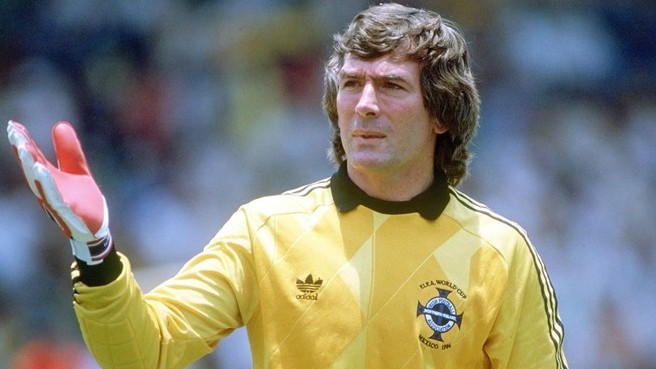
Equally as important (and, it has to be said, controversial) in the modern game is the offside rule. Again this emanated from our wee country, an idea proposed by Billy McCracken in 1920, an international star of the day.
Up until partition in 1921 the IFA governed football across the entire island but a decision by the Dublin clubs to form their own association led to the formation of the FAI (Football Association of Ireland).
Nowadays the Irish looks after the interests of the game in the six northern counties: Antrim, Armagh, Down, Fermanagh, Londonderry and Tyrone.
A move to South Belfast followed in 1960. Previously the association had been housed at premises on Waring Street and then Wellington Place.
Its Windsor Avenue home is an intrinsic part of the history of Belfast itself. The building is listed being a former residence of Thomas Andrews, designer of the world famous but ill-fated Titanic.
Legend has it that the venue's beautiful staircase and ornate stained glass window provided Andrews with inspiration for the design of the ship.
In 2005 the Association celebrated its 125th anniversary.
On Tuesday 6 May 2014, work began on the redevelopment of the National Football Stadium at Windsor Park.
The stadium project, which was completed in October 2016, has a capacity of over 18,000 seats. The Irish FA moved to its current headquarters on the National Stadium in the same year.
The stadium redevelopment project included:
- Full replacement of the football surface and drainage.
- Demolition of the South Stand.
- Replacement of the South, East and West stands to provide modern spectator and media facilities in the South Stand.
- Refurbishment of the seating in the North Stand.
- Replacement of flood light mast with the new floodlighting integrated at roof height.
- The new headquarters for the Irish Football Association will be in the East Stand.
- In the South Stand our international match day, corporate hospitality and conference facilities will be located.

